Tesla’s Charging Network Was Once Unmatched, But Ford And Rivian Are Catching Up originally appeared on Autoblog.
New study shows that public charger reliability has increased
The results of the J.D. Power 2025 U.S. Electric Vehicle Experience (EVX) Public Charging Study have just been released, giving us a closer look into how satisfied EV owners are with the country’s charging network.
The good news from this year’s study is that the reliability of public EV chargers has improved, with the lowest number of non-charging visits at such a charging point in four years. However, EV owners have indicated dissatisfaction with charging costs, so it’s not all good news.
The Tesla Supercharger network, once offering unmatched coverage and reliability, is now matched by several other automaker-operated networks for customer satisfaction, but that comes with a caveat. Let’s unpack the key insights from this year’s study.
Tesla Still Ahead, But Rivals Are Off To A Great Start
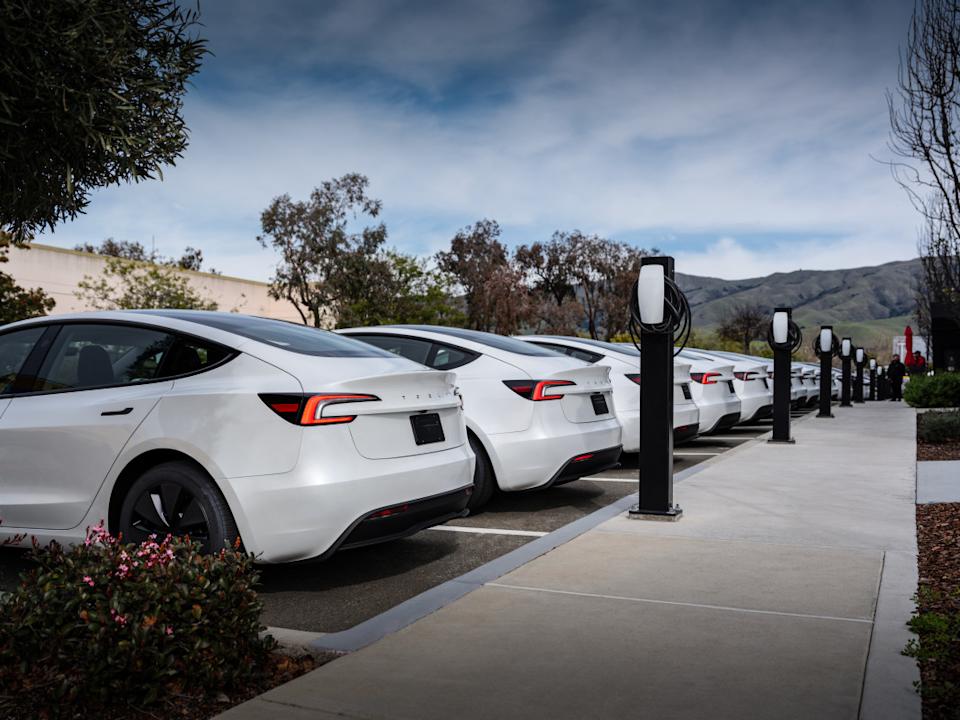
In the study’s assessment of DC fast chargers, the Tesla Supercharger network recorded a customer satisfaction score of 709 points out of a total of 1,000. That’s a 22-point decline, but still places Tesla in the top spot. Networks operated by other automakers matched this performance, scoring a collective 709 points too—this group includes the Rivian Adventure Network, Ford Charge, and the Mercedes-Benz Charging Network. Back in 2022’s study, Tesla accumulated 739 points for DC fast chargers, and no other network came close.
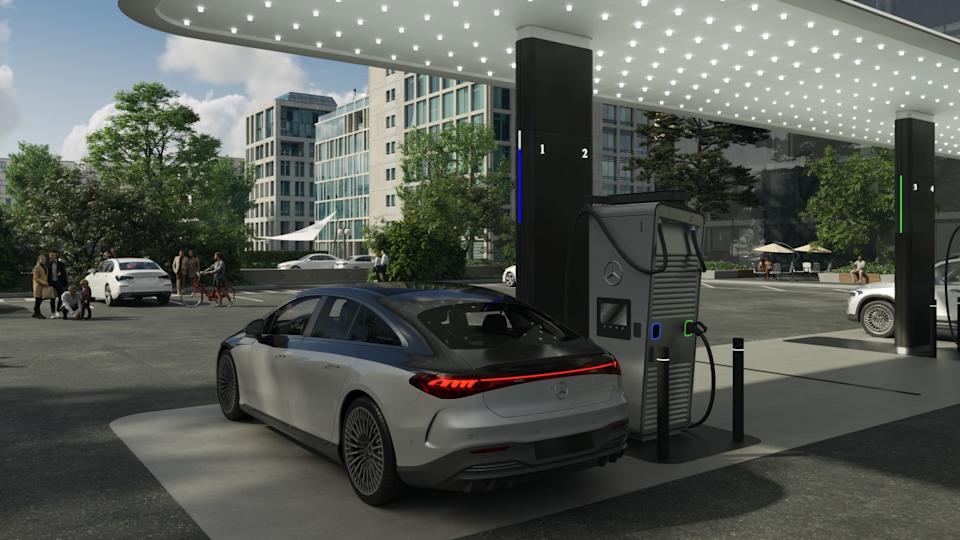
However, none of these non-Tesla networks were eligible for an official ranking, given their smaller footprint, but the 2025 scoring indicates that customers in close proximity to one of these DC fast chargers are just as happy using them as those using the Tesla Supercharger network. The early signs are promising as these automakers continue growing their networks.
Third-party DC fast charger providers didn’t do so well, with an average score of just 591. For Level 2 charging stations, the Tesla Destination chargers topped the list with 661 points, followed by ChargePoint on 628. These scores are based on 10 factors, including ease and speed of charging, the condition of the charging station, safety at the location, and ease of payment.
Blink ranked lowest for both DC fast charging and Level 2 charging.
Charger Reliability Goes Up
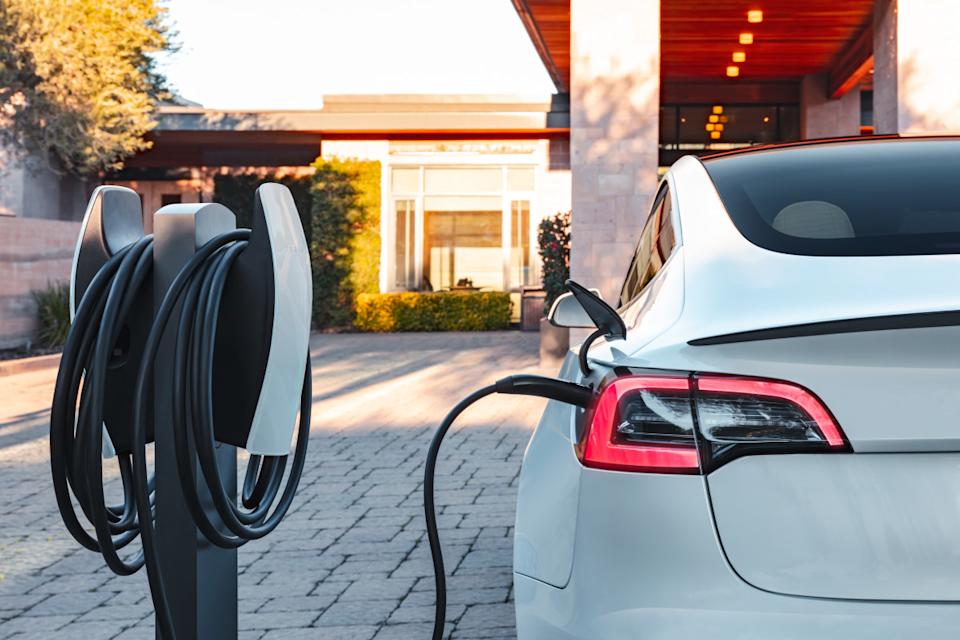
Although customers were less satisfied with public chargers overall, that’s mainly due to charging costs. Charger reliability has improved markedly, with just 14% of all EV owners saying they were unable to charge their vehicles at a particular charging point. That’s 5 percentage points lower than last year’s study.
“In the absence of NEVI funding, the industry is experiencing a concerted effort among various stakeholders in the EV ecosystem—particularly from automakers and charging networks—to improve the public charging experience for customers,” said Brent Gruber, executive director of the EV practice at J.D. Power. “While overall satisfaction scores decline this year, our data shows clear improvement in the reliability and success of public charging—a promising sign of progress for the industry.”
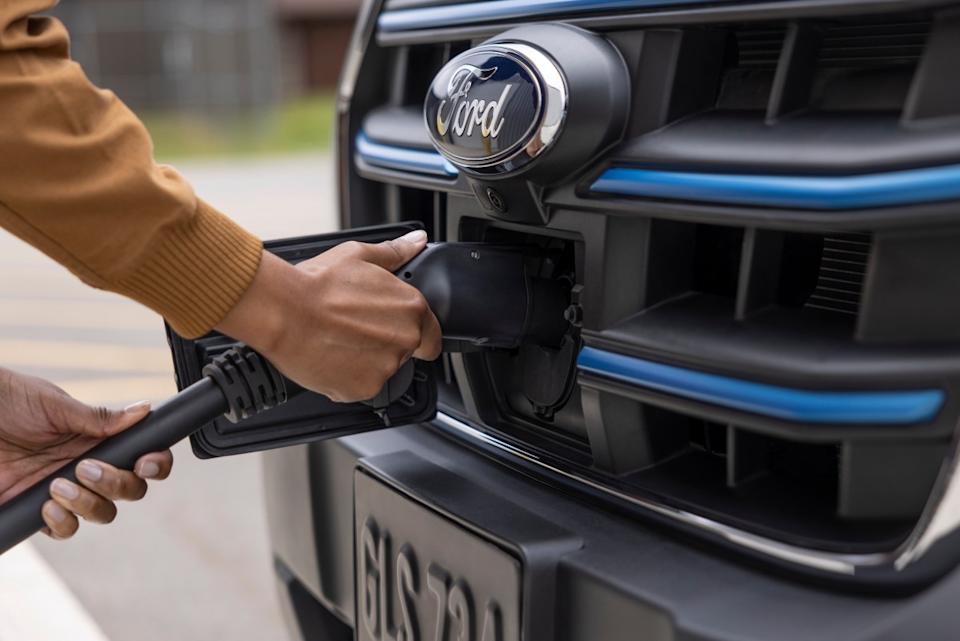
Failed charging attempts are more prevalent in certain parts of the country. For instance, the highest rate (21%) of non-charge visits were in the Pacific region, while the East South Central region has the lowest rate (7%). The cost of DC charging was the major issue experienced by EV owners, which Gruber partly attributes to a higher number of non-Tesla owners now using the Supercharger network, which incurs higher costs for them.
Over the last year or more, many automakers have released EVs that can make use of the Supercharger network’s NACS charging port. That includes Lucid, which introduced the capability for the 2026 Air sedan recently.
In just the fourth quarter of last year, the United States added 992 high-speed charging stations, a record at the time. Even so, many Americans are still reluctant to purchase an EV, as they believe the existing charging infrastructure isn’t adequate.
Despite EV adoption cooling off for many automakers, the study's results at least show that charger dependability is increasing.
Tesla’s Charging Network Was Once Unmatched, But Ford And Rivian Are Catching Up first appeared on Autoblog on Aug 13, 2025
This story was originally reported by Autoblog on Aug 13, 2025, where it first appeared.
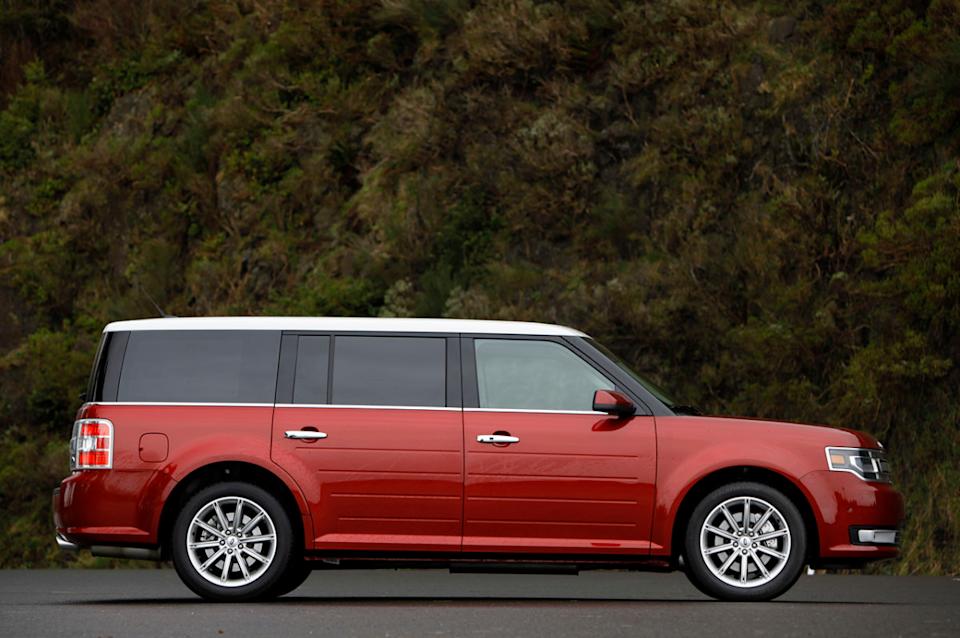

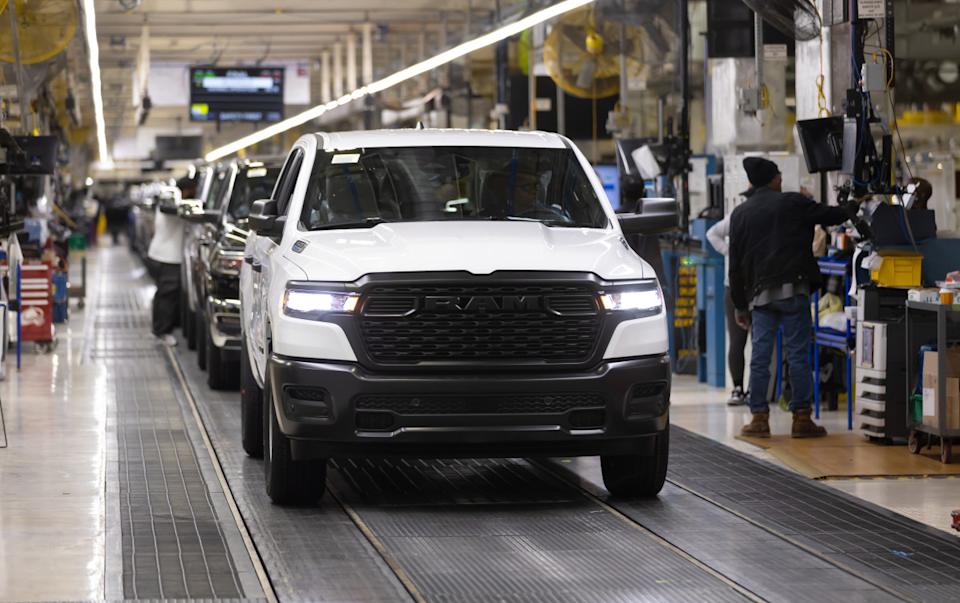
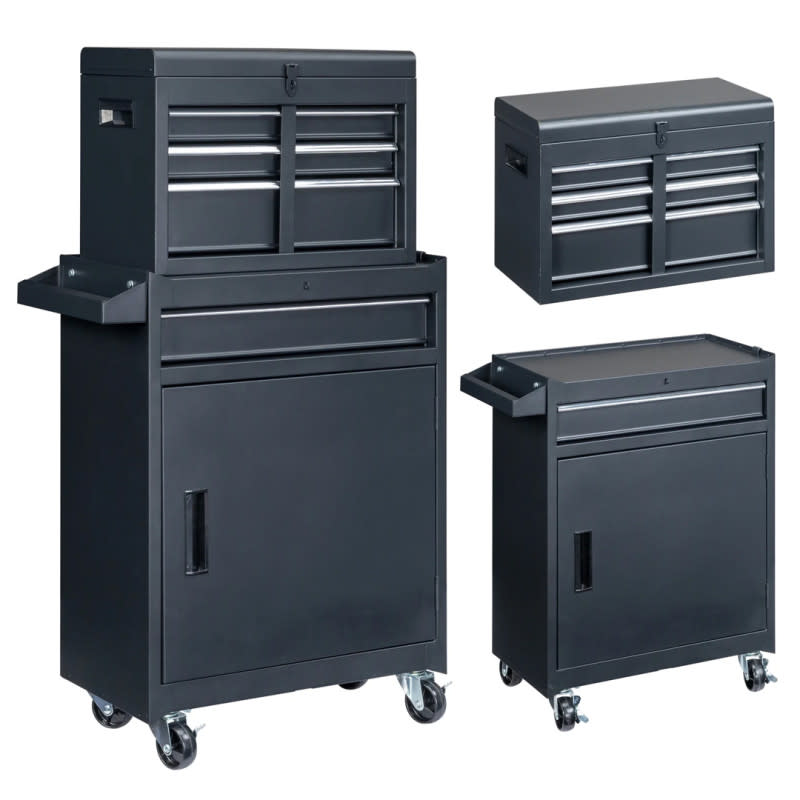
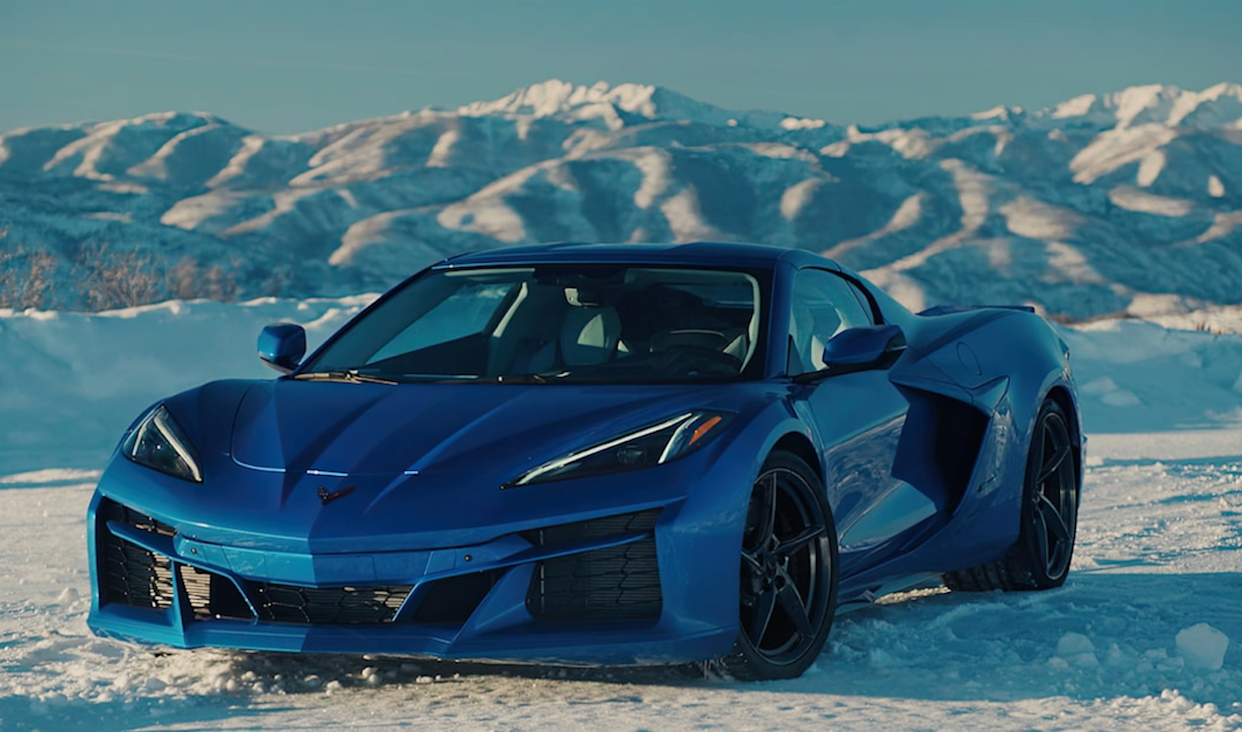
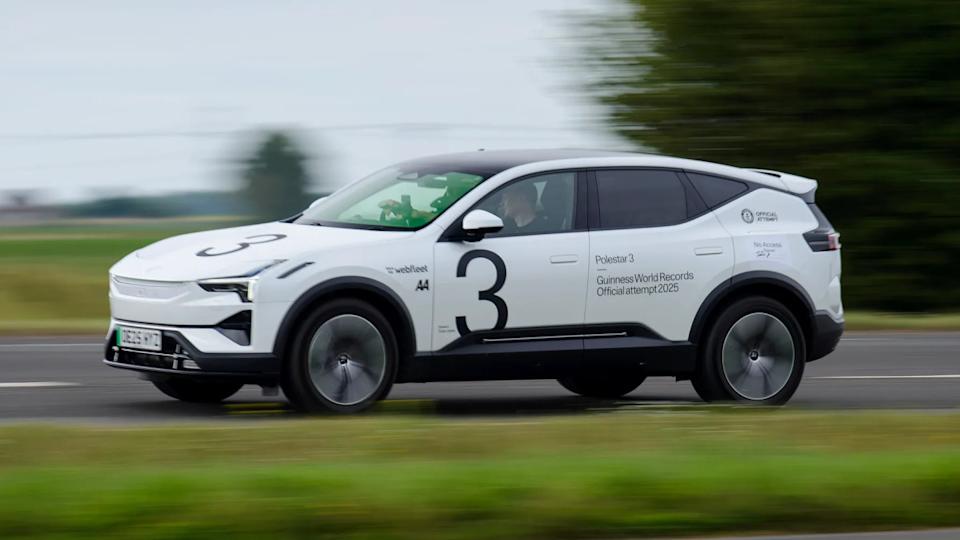
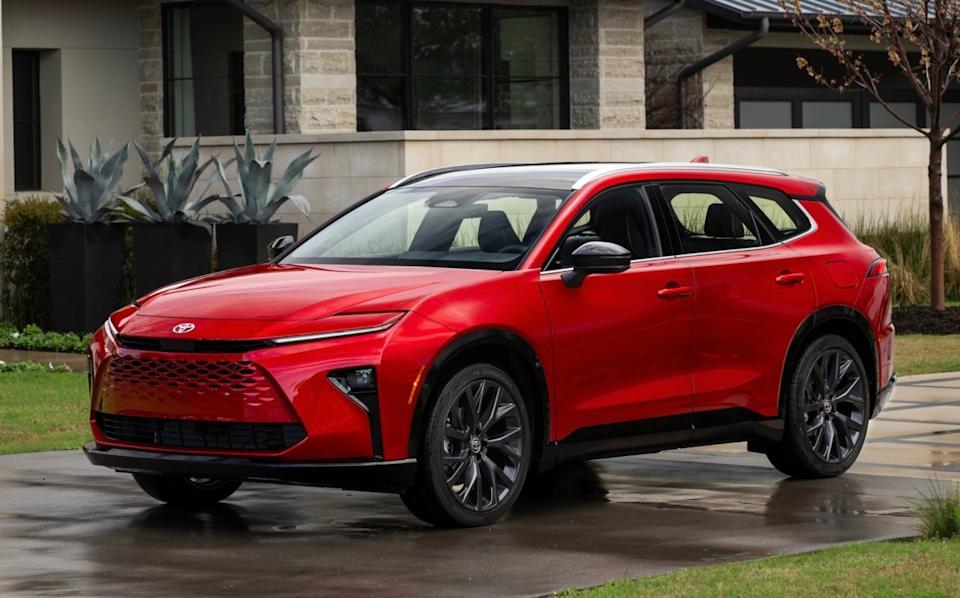

Comments